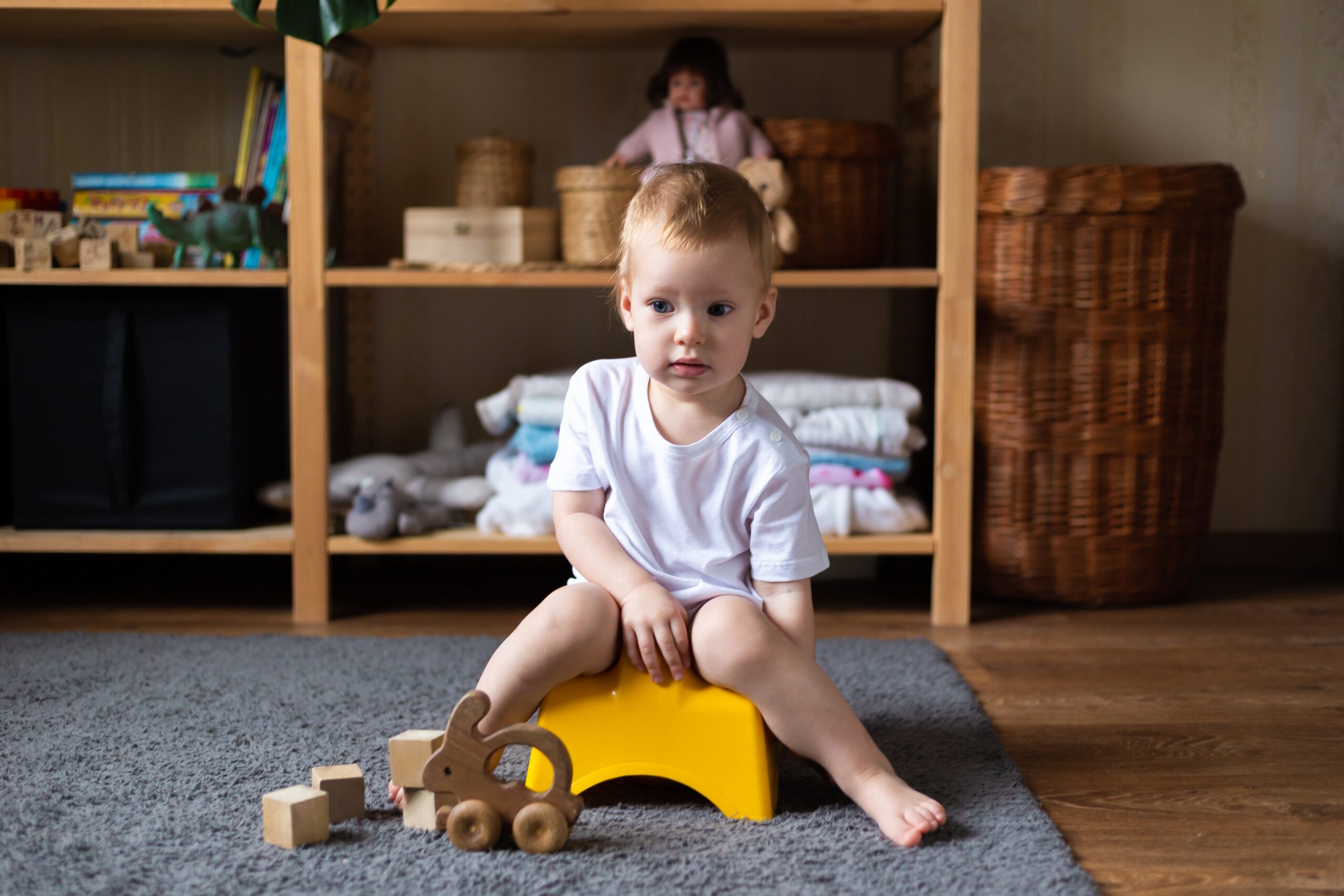How to Teach Self-Restraint Techniques to a Child with Autism
Understanding Self-Restraint Behaviors in Autistic Children
Self-restraint behaviors refer to a child’s ability to control their emotions and actions, exhibiting self-control and inhibiting certain behaviors or responses in different situations. For autistic children, self-restraint may pose challenges due to difficulties with social communication, sensory processing, executive functioning, and emotional regulation. These difficulties can lead to outbursts, sensory overload, and impulsive behaviors, making it essential to teach self-restraint techniques tailored to their unique needs and preferences.
Self-Restraint Behaviors in Autistic Children: What It Is and Its Main Characteristics
Autistic Children often exhibit behaviors related to their challenges with sensory stimulation, social interaction, communication, and impulse control. For instance, they might react strongly to environmental stimuli, leading to tantrums and emotional meltdowns. Additionally, some autistic children may engage in self-harm behaviors, such as biting or hitting themselves, as a way to cope with sensory overload or emotional distress.
Teaching Self-Restraint Techniques to an Autistic Child
- Visual Support: Utilizing visual schedules, timers, alarms, and sensory toys can be effective in helping an autistic child navigate changes in their daily routine and manage transitions. Consistently using these visual aids empowers the child to self-restrain and cope with varying activities, locations, and people.
- Sensory Strategies: Sensory sensitivity is a common challenge for autistic children. Implementing sensory strategies such as providing sensory breaks, offering sensory tools or toys, creating calm-down areas, and engaging in sensory activities can help children self-regulate and exercise self-restraint when faced with sensory challenges in different environments.
- Cognitive Behavior Intervention: These strategies assist children in recognizing and challenging impulsive thoughts, emotions, and actions, enabling them to develop self-restraint by consciously controlling their responses. Through the use of visual support, alternative communication methods, and visual schedules, children learn to pause, communicate, and think before acting, making more appropriate choices during interactions with others.
- Social Skills Training: Teaching and practicing specific social skills like turn-taking, active listening, and following social rules can empower autistic children to control their impulses and actions during social interactions. Social stories, scripts, and alternative communication methods help them understand social rules, personal space, and appropriate behavior.
- Emotional Regulation: Utilizing tools like emotional charts, calm-down kits, and choice boards can help children self-regulate and exercise self-restraint in overwhelming situations. Learning to recognize their emotions and implement calming techniques such as deep breathing, counting, and selecting alternative activities fosters emotional regulation.
Conclusion
Teaching self-restraint techniques to an autistic child requires a tailored approach that considers their individual needs and preferences. By utilizing visual support, sensory strategies, cognitive behavior intervention, social skills training, and emotional regulation tools, parents, teachers, and caregivers can empower autistic children to manage their emotions and behaviors effectively. Encouraging self-restraint not only promotes better social interactions but also enhances the child’s overall well-being and quality of life.
Also read: How to Manage Grabbing Behavior in Children with Autism
About Olga Sirbu
My name is Olga Sirbu, I am a Board Certified Behavior Analyst (BCBA) and Licensed Applied Behavioral Analyst. My goal is to support and empower families and individuals on the autism spectrum.
Autism Advance is dedicated to training parents and caregivers, providing practical tips, and teaching individuals how to educate kids with autism.
I share evidence-based practices to help you better understand and support individuals with autism. Learn practical strategies to help individuals with autism reach their full potential, as well as gain a deeper understanding and acceptance of autism.
Thank you for considering Autism Advance as a resource for your autism journey.








